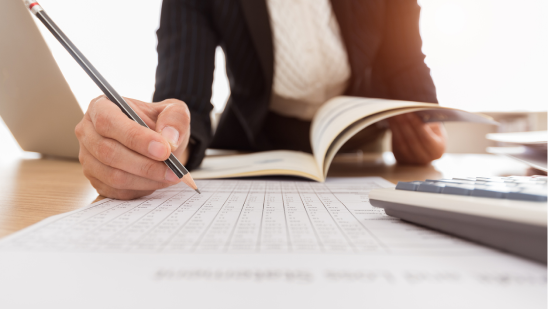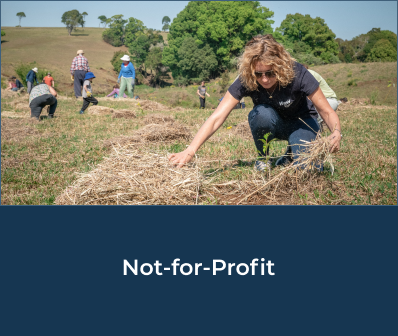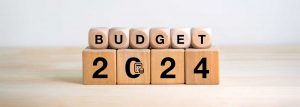Personal tax season has arrived, and it is time to get ready to file your 2022 tax return! To help better prepare for your personal tax filing, we have created a checklist that will assist you in gathering all necessary information. Please refer to our previous article, titled “2022 Personal Income Tax Filing Reminder and Questionnaire” click here.
In this article, we would like to remind you of the requirements related to your filing obligations and help you understand some of the new tax changes for 2022.
Deadline for Filing and Payment
The filing deadline for personal 2022 tax returns is April 30, 2023. Since April 30th falls on a weekend this year, the due date is the following business day (May 1, 2023). Conversely, the filing deadline for self-employed individuals for 2022 is June 15, 2023. The deadline to pay income tax balances owing for both individuals and self-employed individuals is the same date, April 30, 2023.
However, similar to the personal tax deadline, since April 30 is on a weekend this year, the deadline to pay income tax balance owing for self-employed individuals is May 1, 2023.
If you file your return late or pay the balance owing after the deadline, you may be charged interest and penalties. Filing your income tax return on time will also prevent a disruption to your benefit and credit payments, such as GST/HST credit, Canada child benefit (CCB), and old age security (OAS) benefits.
Income Tax Instalments
You may be required to pay tax instalments for 2023 if your net tax owing for 2023 is projected to be more than $3,000 and the actual net tax owing in either 2022 or 2021 was more than $3,000. The first income tax instalment payment for the 2023 taxation year is due on March 15, 2023 with following quarterly payments due on June 15, September 15, and December 15, 2023.
COVID-19 Benefit Payments
If you received COVID-19 benefit payments, such as the Canada Recovery Sickness Benefit (CRSB), Canada Recovery Caregiving Benefit (CRCB), or Canada Worker Lockdown Benefit (CWLB), you should receive a T4A tax slip. Most of the above benefits were subject to 10% income tax withholding when you received the benefit payment. Depending on your total income in 2022, you may have a tax balance owing when filing your 2022 personal tax return from the receipt of these benefits.
If you are self-employed and received COVID-19 government assistance for your business, such as the Canada Emergency Wage Subsidy (CEWS) or Canada Recovery Hiring Program (CRHP), these benefits must be included in your business income as these benefits are taxable.
COVID-19 Benefit Repayments
If you repaid certain COVID-19 benefits received in previous year, the amount repaid will be reported on your T4A tax slip and can be claimed as a deduction against your personal taxable income. You can choose to claim a deduction for the repayment in the year that the benefit was received or in the year that the benefit was repaid. You may also choose to split the deduction between these two years.
Home Office Deductions for Employees
Similar to 2021, as an employee, you may be able to claim home office expenses if you worked from home in 2022 under one of the following two methods:
Temporary Flat Rate Method
The temporary flat rate method is a simplified method to deduct home office expenses. You are eligible to use this method if you worked more than 50% of the time from home for a period of at least four consecutive weeks in 2022 due to the COVID-19 pandemic.
If you are eligible, you can claim $2 for each day you worked from home in 2022 up to a maximum of $500 per individual.
Under the temporary flat rate method, your employer is not required to complete and sign Form T2200/T2200S. Additionally, you are not required to keep documents to support your deduction.
Detailed Method
Under the detailed method, you can claim home office deductions based on actual amounts you paid, including utilities, maintenance and rent. The amount that can be deducted is based on the size and use (employment and personal portion) of your workspace. Employees who don’t earn a commission would not be eligible to deduct insurance or property taxes paid. As a result, the calculation of deductions permissible using the detail method is more complicated.
In addition, you will be required to keep documents to support the home office deductions and you must obtain a signed Form T2200/T2200S from your employer.
Canada Training Credit
If you are a worker over 26 years old and less than 66 years old, you will be eligible for the Canada Training Credit (CTC) in 2022 for eligible tuition and other fees paid for courses taken. The CTC is calculated as the lessor of your CTC limit for the taxation year and half of eligible tuition and fees paid. The maximum CTC limit is $750 in 2022, which could result in a refund of $750. You can accumulate $250 in your CTC limit each year, up to a maximum of $5,000 in a lifetime.
Climate Action Incentive Payment
The Climate action incentive payment (CAIP) is introduced in 2022 to replace the Climate Action Incentive (CAI) which was available for the 2018 to 2020 tax years. Starting with the 2021 taxation year, the CAI was not included annually in individual income tax returns. Instead, the amount will be paid quarterly starting July 2022. You are required to file your 2022 tax return to receive the payments in 2023.
Air Quality Improvement Tax Credit
The Air Quality Improvement tax credit is a refundable tax credit available to self-employed individuals or individual members of a partnership who incur expenses to improve ventilation or air quality at their place of business. The credit is calculated at 25% of the total ventilation expenses, to a maximum of $10,000 for each qualifying location and $50,000 across all qualifying locations, which could result in a refund of $2,500 to $12,500.
Home Accessibility Tax Credit
If you renovated your house to make it more accessible for seniors or people with disabilities, you may be eligible to the Home Accessibility tax credit. The credit is calculated at 15% of eligible expenses up to a maximum of $20,000, which could result in a $3,000 refund. The credit can be claimed by the senior, the person with the disability, or family members who live with them.
Ontario Senior’s Home Safety Tax Credit
The Senior’s Home Safety tax credit is a 25% provincial credit on eligible expenses up to a maximum of $10,000, which could result in a $2,500 refund. The credit can be claimed by the senior or family members who live with the senior. The eligible expenses include renovations that permit a first-floor occupancy or a secondary suite for a senior, grab bars, non-slip flooring, wheelchair ramps and elevators.
Ontario Staycation Tax Credit
The temporary Ontario Staycation tax credit is new in 2022. Ontario residents can claim a 20% refundable credit on eligible 2022 accommodation expenses (i.e., hotel, cottage, bed-and-breakfast lodgings, or campground) when filing their 2022 personal income tax return. You can claim eligible expenses of up to $1,000 for an individual or $2,000 for a family, to receive a $200 or $400 credit respectively.
GG Observations
It is important to stay on top of your personal tax filings and make sure you file your personal tax return on time. If you have any questions or need assistance with preparing your personal tax return for 2022, please feel free to reach out to us.




























